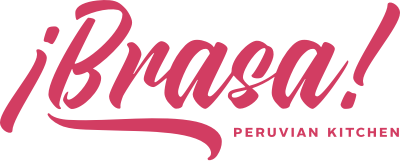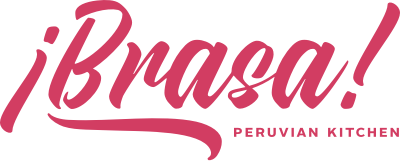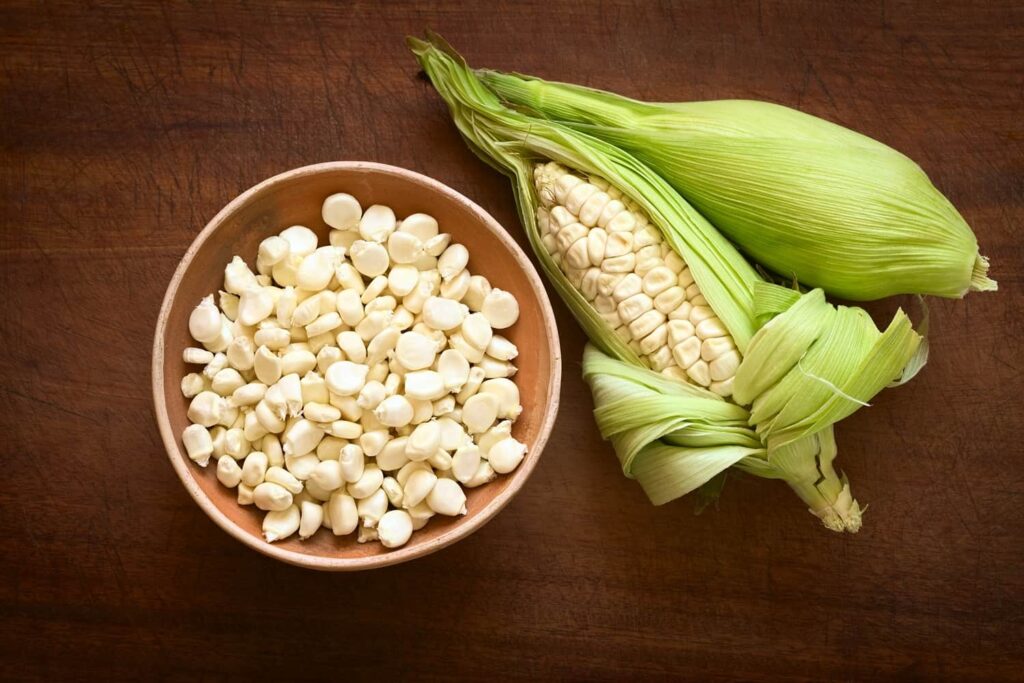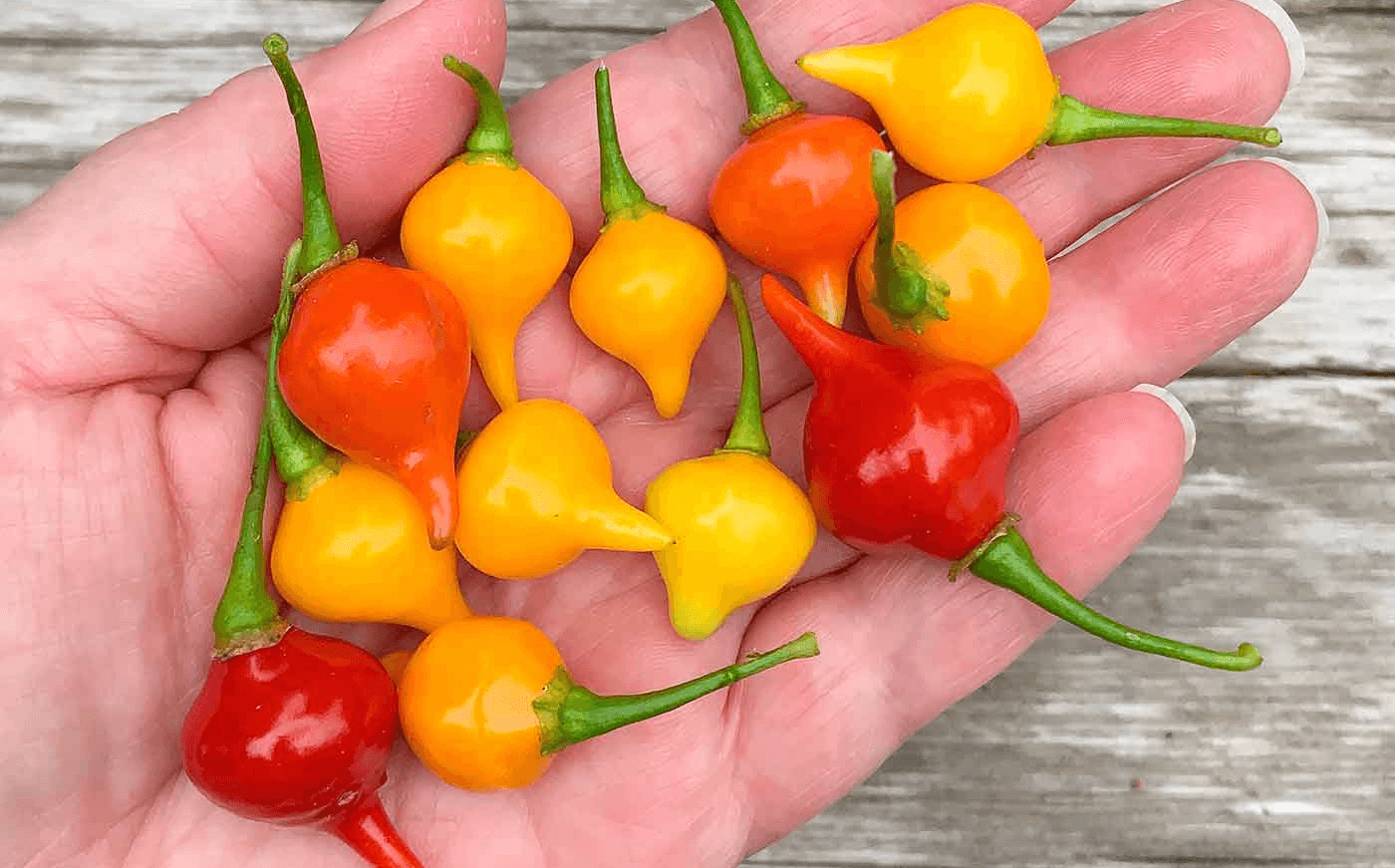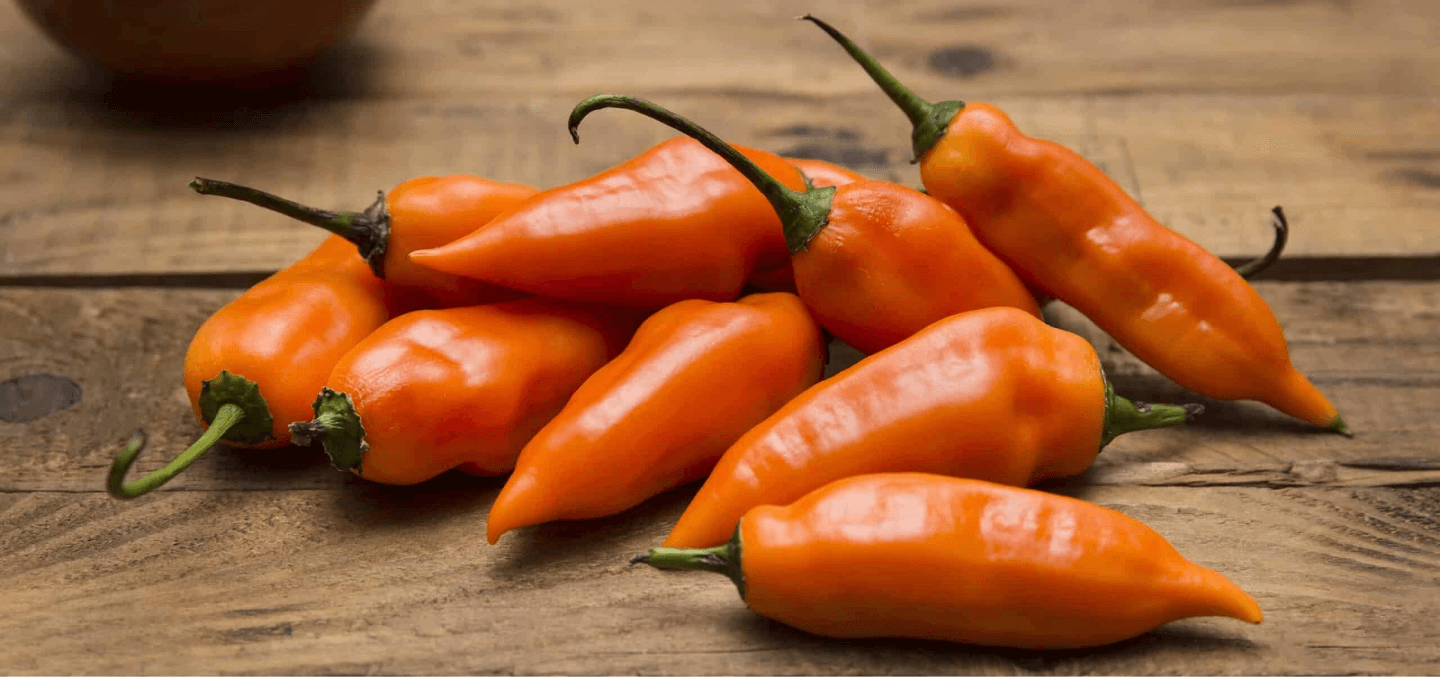Peru has a vibrant, diverse, and colorful culture. It is geographically diverse as well, with a coastline stretching for 1,500 miles along the Pacific Ocean in addition to arid deserts, rainforests, and soaring mountains that rise to 22,205 feet at its highest peak. The cuisine of Peru is equally diverse, exciting, and has a lot to offer adventurous palettes.
The food of Peru features many great flavors and textures. Some dishes originated in pre-Hispanic times while others have recognizable Spanish influences. As restaurants, food bloggers, and foodies around the world begin to discover Peru’s culinary secrets, interest in the country’s national dishes increases.
Corn and Peruvian Cuisine
Like much of South and Central America, corn is a staple of Peruvian cuisine.Corn cultivation began in Peru several thousand years ago. Today, the country produces over 50 varieties— the most anywhere in the world. And of course, it comes in a variety of colors including purple, yellow, white, and red.
Peruvian corn is called choclo, which refers to the cob. It is also referred to as Cuzco corn named for the Peruvian city and the one-time capital of the Incan Empire. Choclo is a field corn so it does not undergo the same processing as the corn eaten in more industrialized countries.
Peruvian corn differs in other ways too. For one thing, the kernels are bigger. Instead of the sweet, juicy taste of corn grown on farms in the midwestern U.S., choclo has a starchy texture which makes it extra chewy.
Choclo is often served to complement the citrusy flavor of ceviche, which is a national dish of marinated fish. Many Peruvian restaurants offer toasted and salted choclo at no charge to customers in the same way tortilla chips are in taquerias in Mexican restaurants.
Choclo con queso (Peruvian corn with cheese) is a popular street food treat sold on the cob and enjoyed like an elote (Mexican street corn). A popular dish made with Peruvian corn is Pepian de Choclo. This tasty stew is a mix of grated corn, garlic, onion, and chili peppers.

More Popular Peruvian Corn Dishes
Peruvian chefs use corn in many different ways. It is a popular ingredient in appetizers, served as a hearty side dish, and also used to make beverages and desserts.
Appetizers (Piqueos)
A tasty, easy-to-prepare dish is choclito al comino. Served as a starter or on the side, this creamy dish features boiled choclo covered in a mix of creamy butter and cumin. Just add a touch of lime juice for a tart, citrusy flavor.
Salad (Ensalada)
A great side dish that is also quite hearty is a chopped salad called Solterito arequipeño. Packed with the rich flavor of fava beans and cheese and spiked with the intense heat from the Peruvian aji, this salad is heavy on the starchy texture of choclo.
Dessert (Postre)
Purple corn is an ingredient in a sweet confection called mazamorra morada. This dessert made with corn starch has a consistency similar to pudding or pie filling. Served cold, its deep rich coloring looks fantastic on the dinner table. Purple corn is also used to make chica morada, a mildly sweet drink made from dried purple corn. It’s refreshing and widely consumed in Peru.
Health Benefits
Corn has been a part of the diets of cultures across the world for as long as 10,000 years. As wheat and rice are in some parts of the world, corn is a staple in Central and South America.
The highly-processed corn eaten in the form of corn syrup in many Western diets contributes to health problems like obesity and diabetes. However, unrefined, unprocessed Peruvian corn varieties have many health benefits.
For example, the dark kernels of purple corn contain anthocyanin which gives it its dark hue. It’s the same pigment that gives blueberries and raspberries their coloring. Anthocyanin also acts as an antioxidant. Antioxidants protect the cells in our body against disease and help with tissue regeneration. Medical researchers also believe antioxidants prevent certain types of cancer.
Purple corn also contains lutein and zeaxanthin which protect the eyes from the ultraviolet rays of the sun and help promote eye health.
With such versatility and so many possibilities and health benefits, it’s no wonder the world is starting to discover the joys of Peruvian cooking. Learn more about the history of Peruvian food and how to make dishes the country is famous for at Brasa Peruvian!
